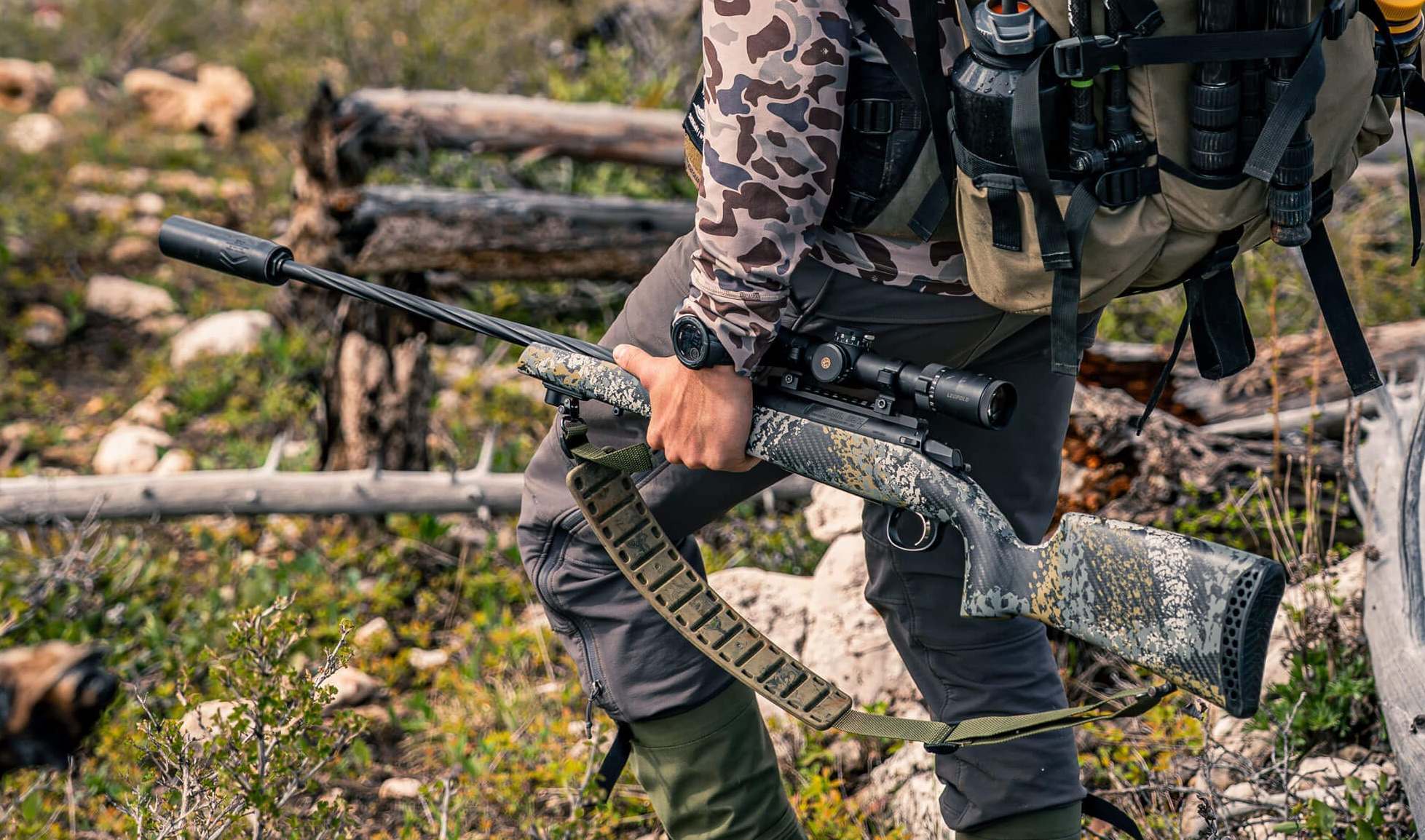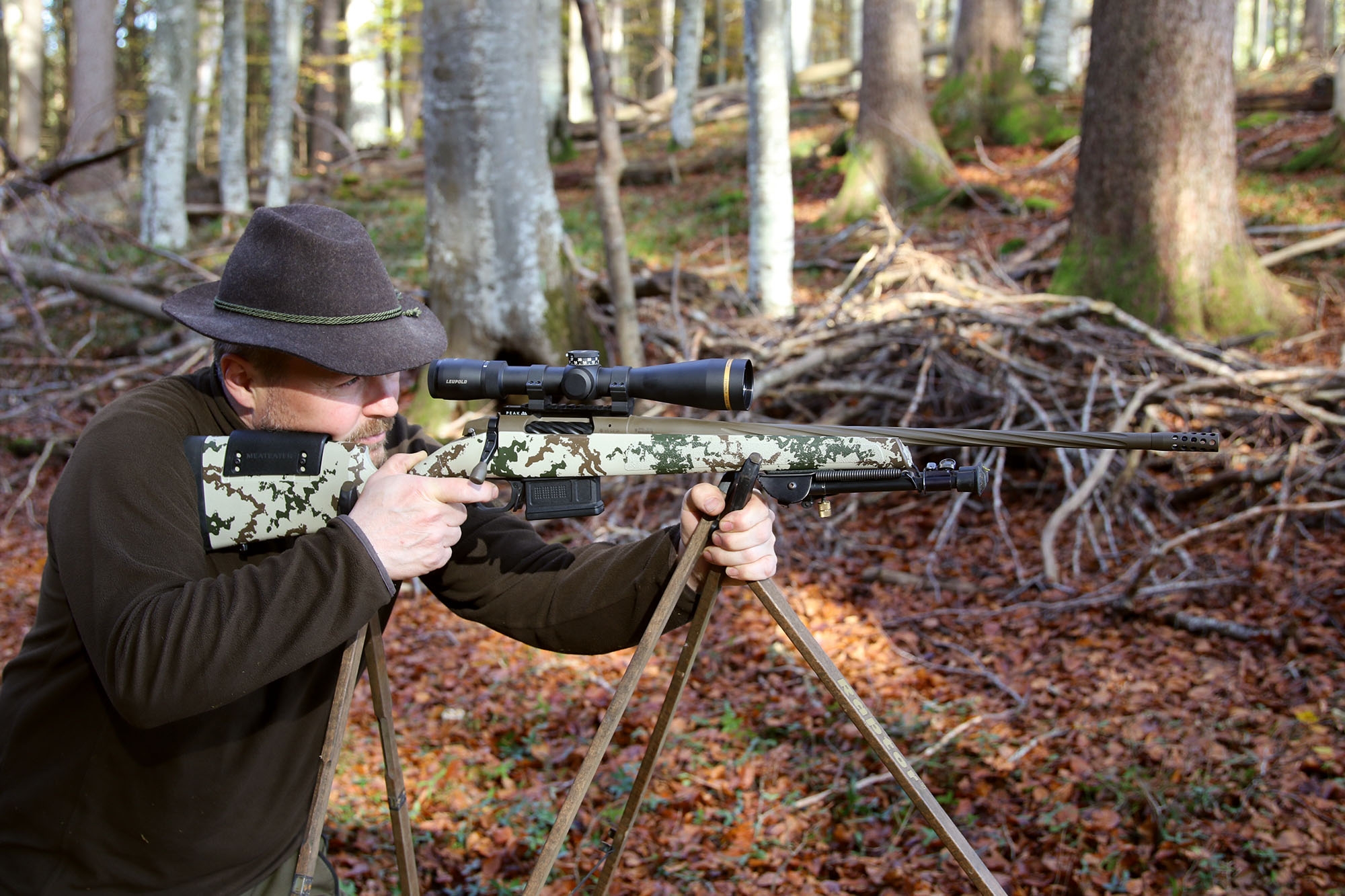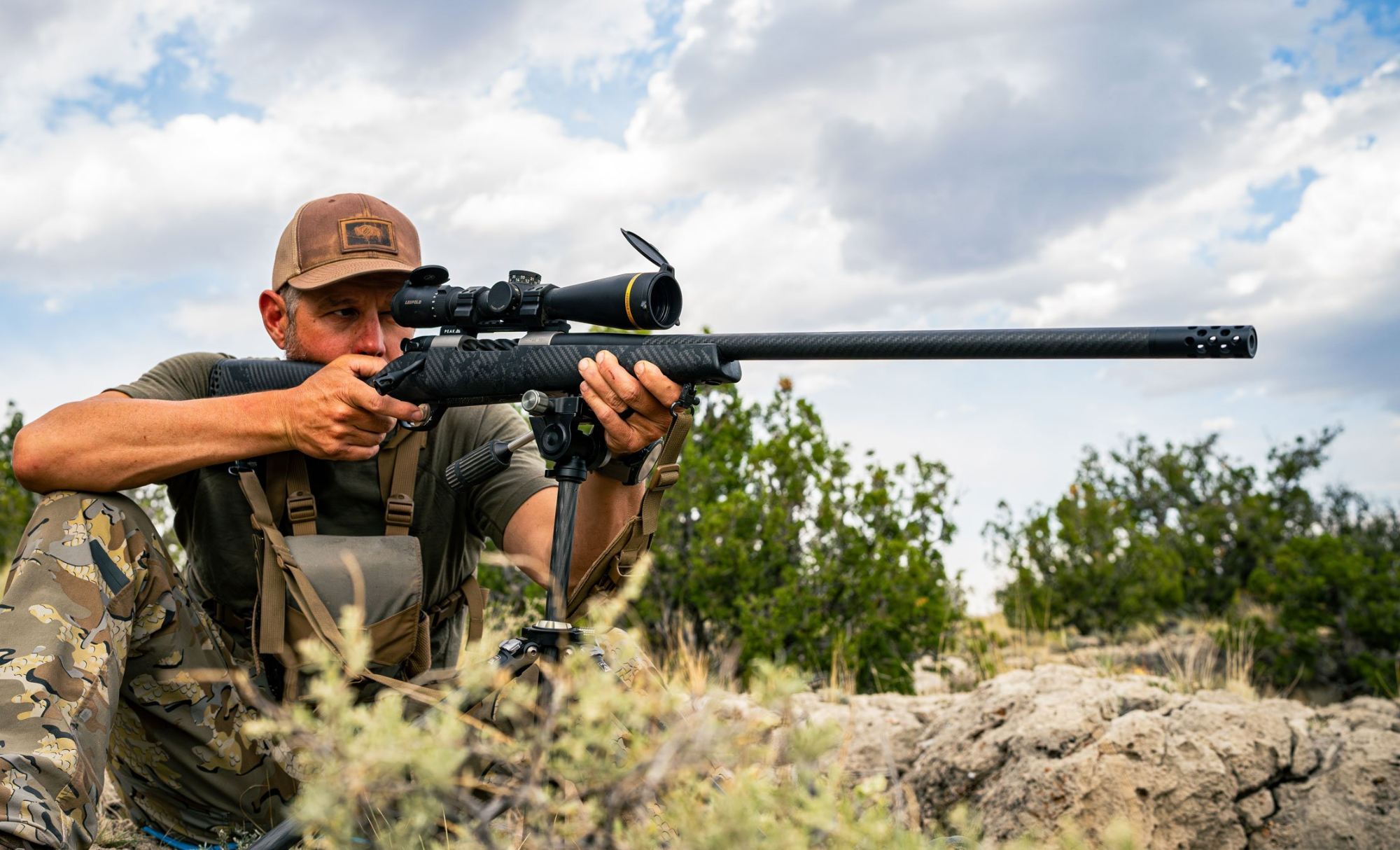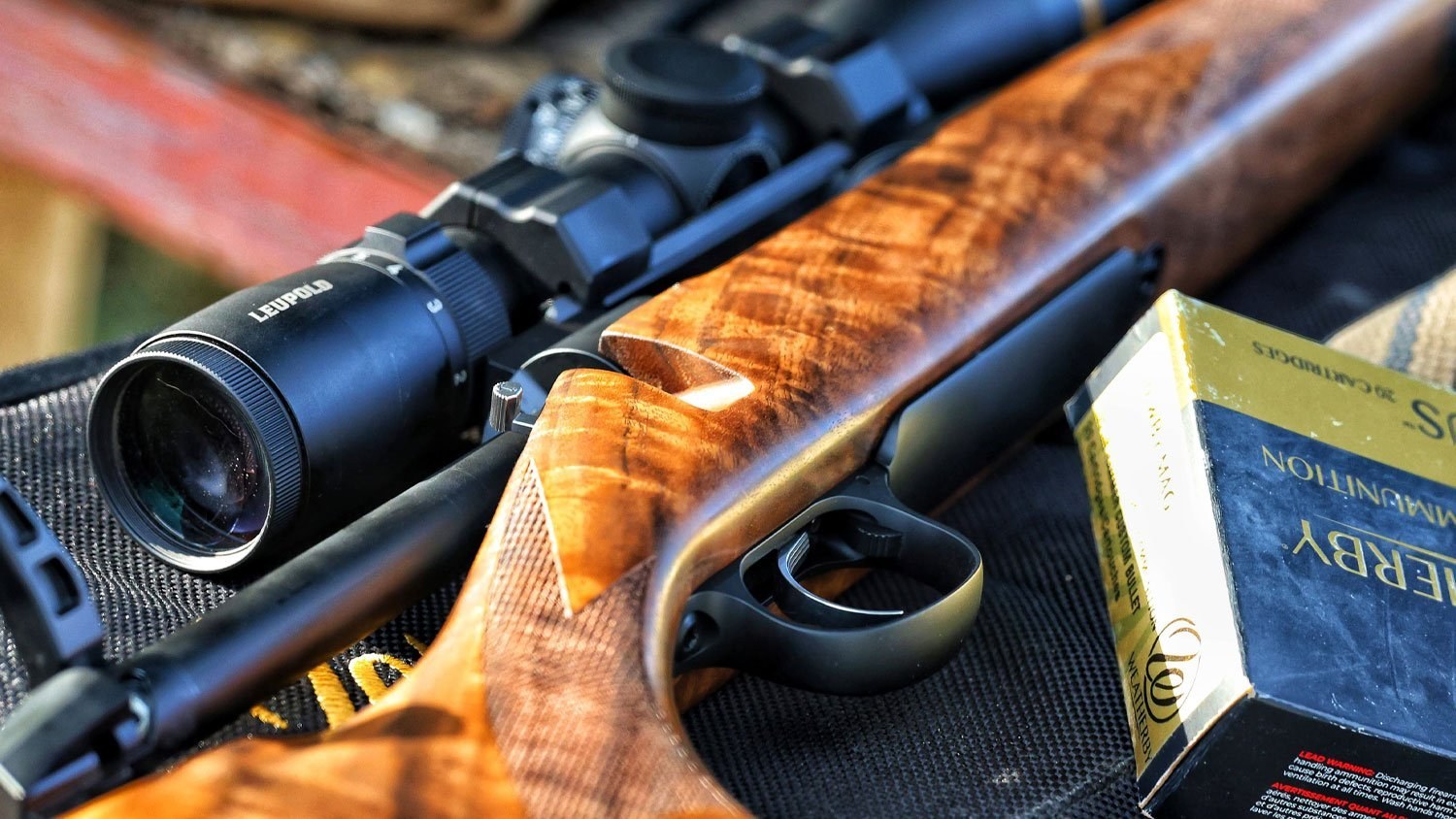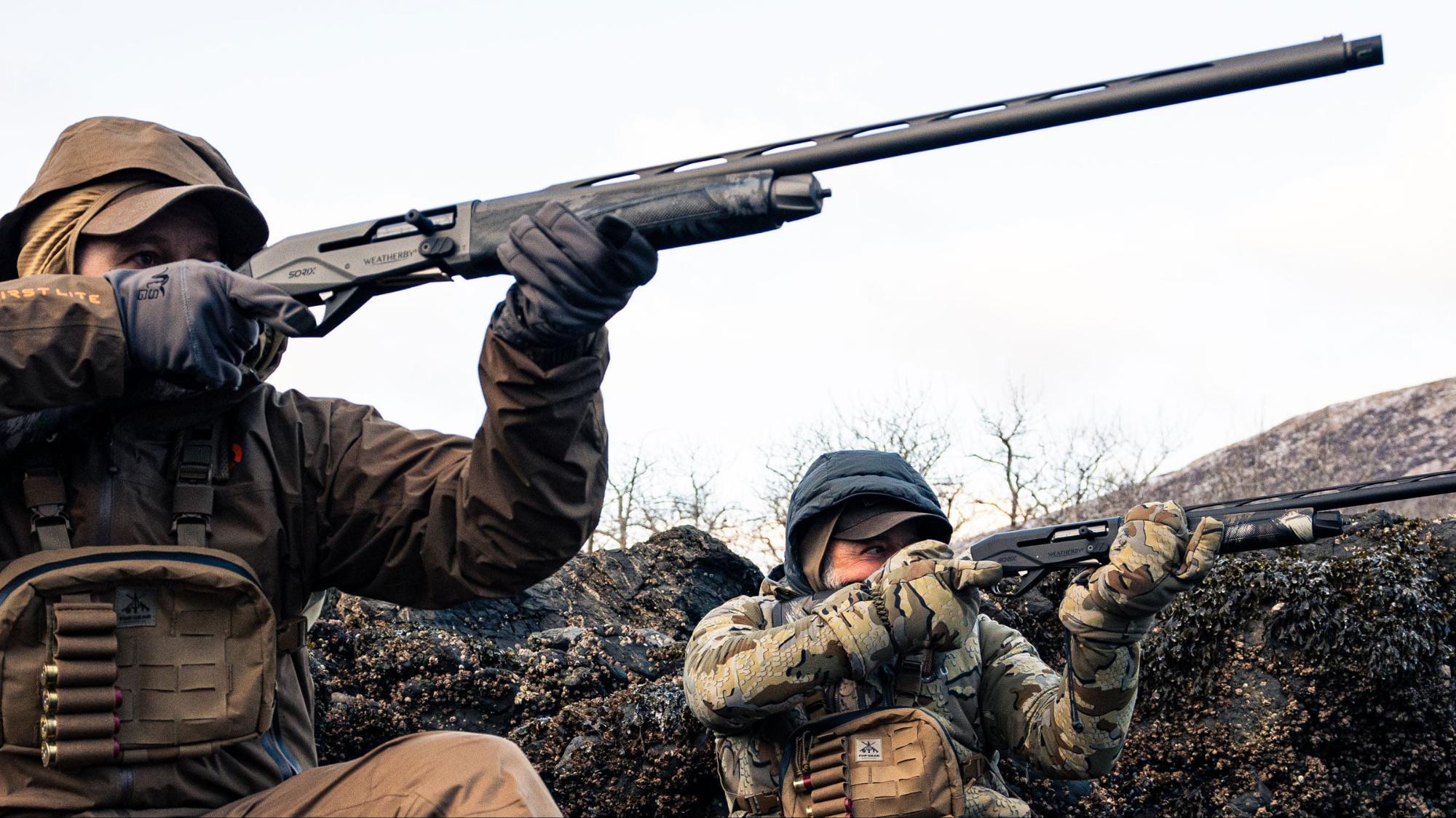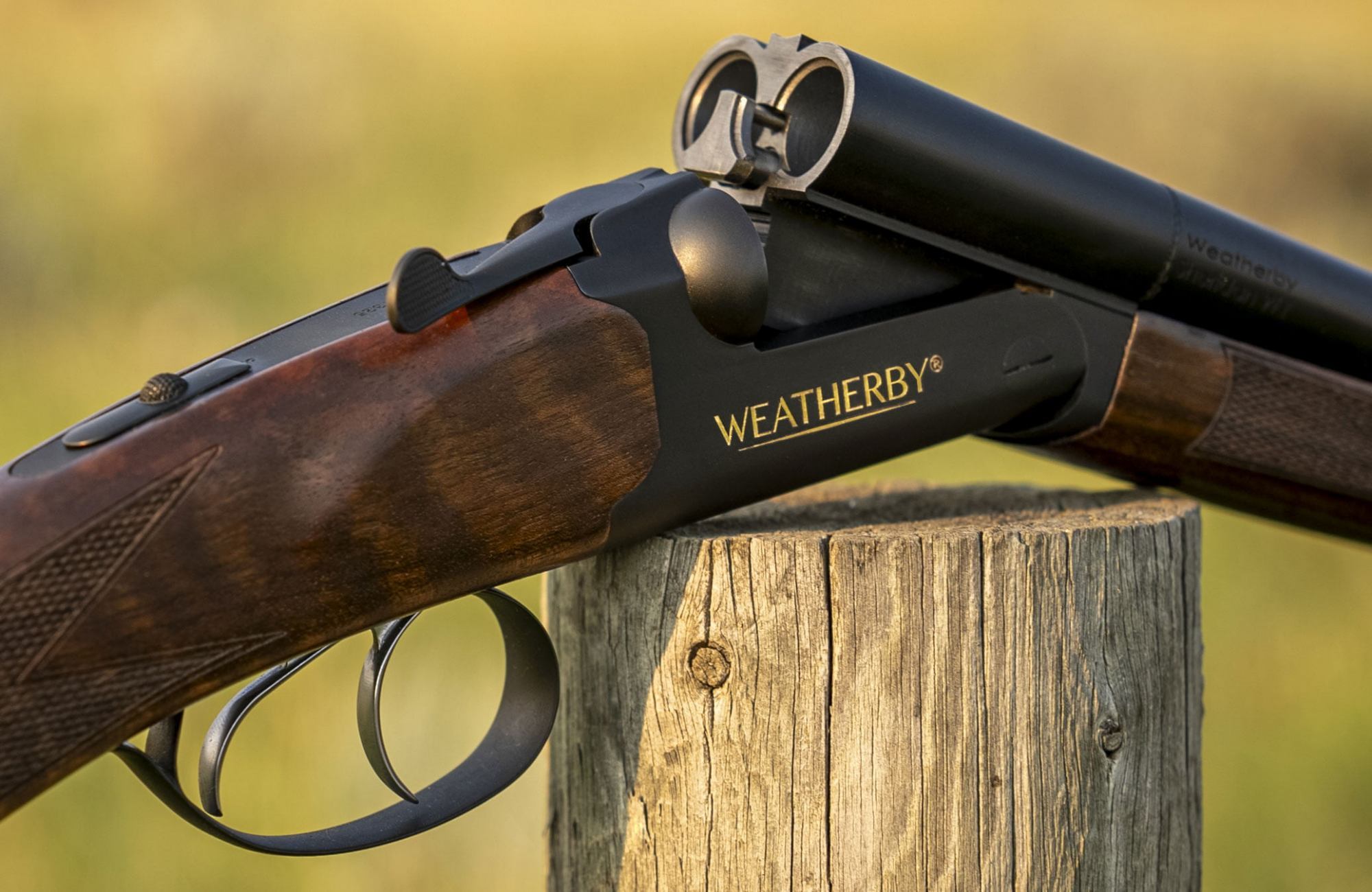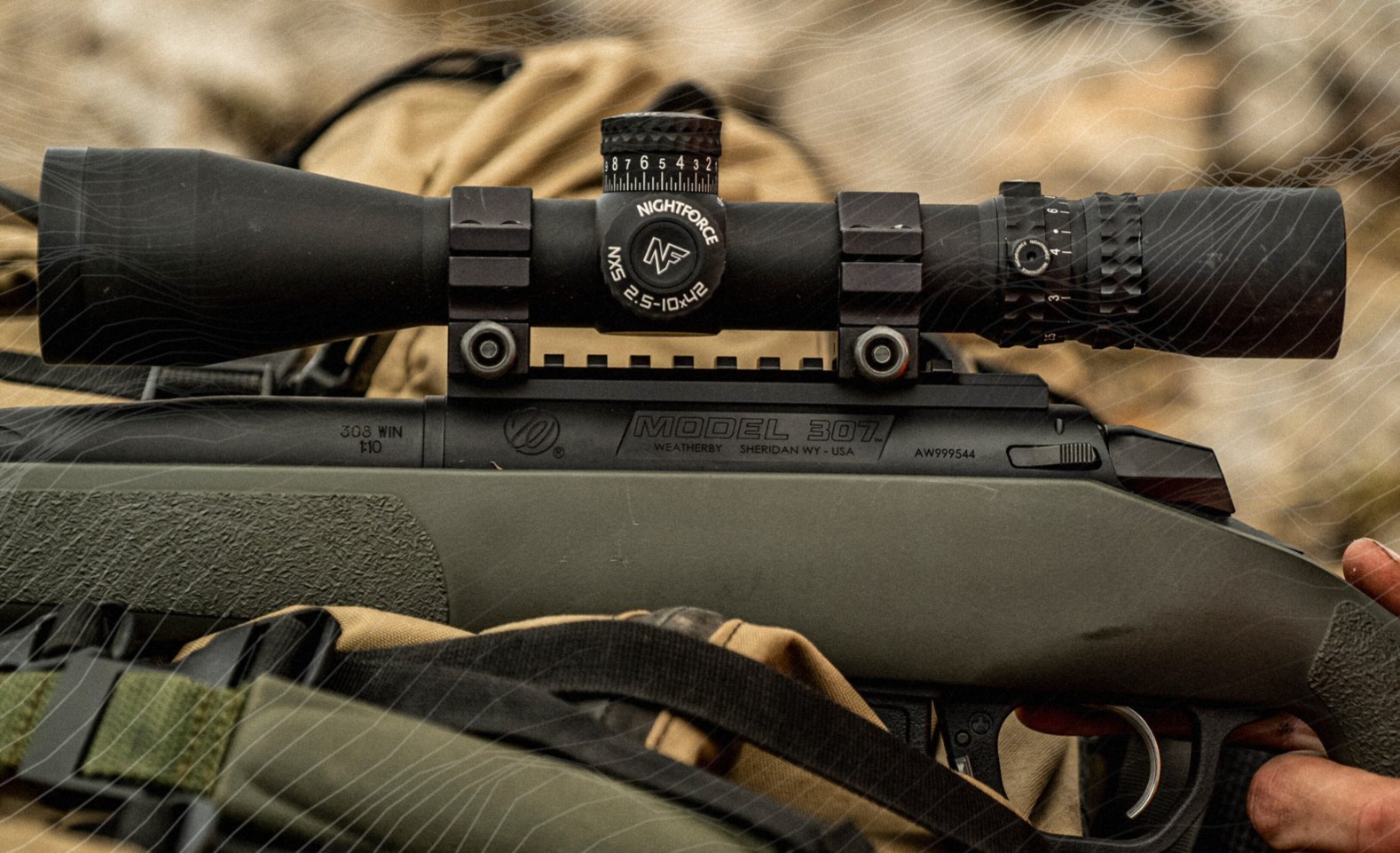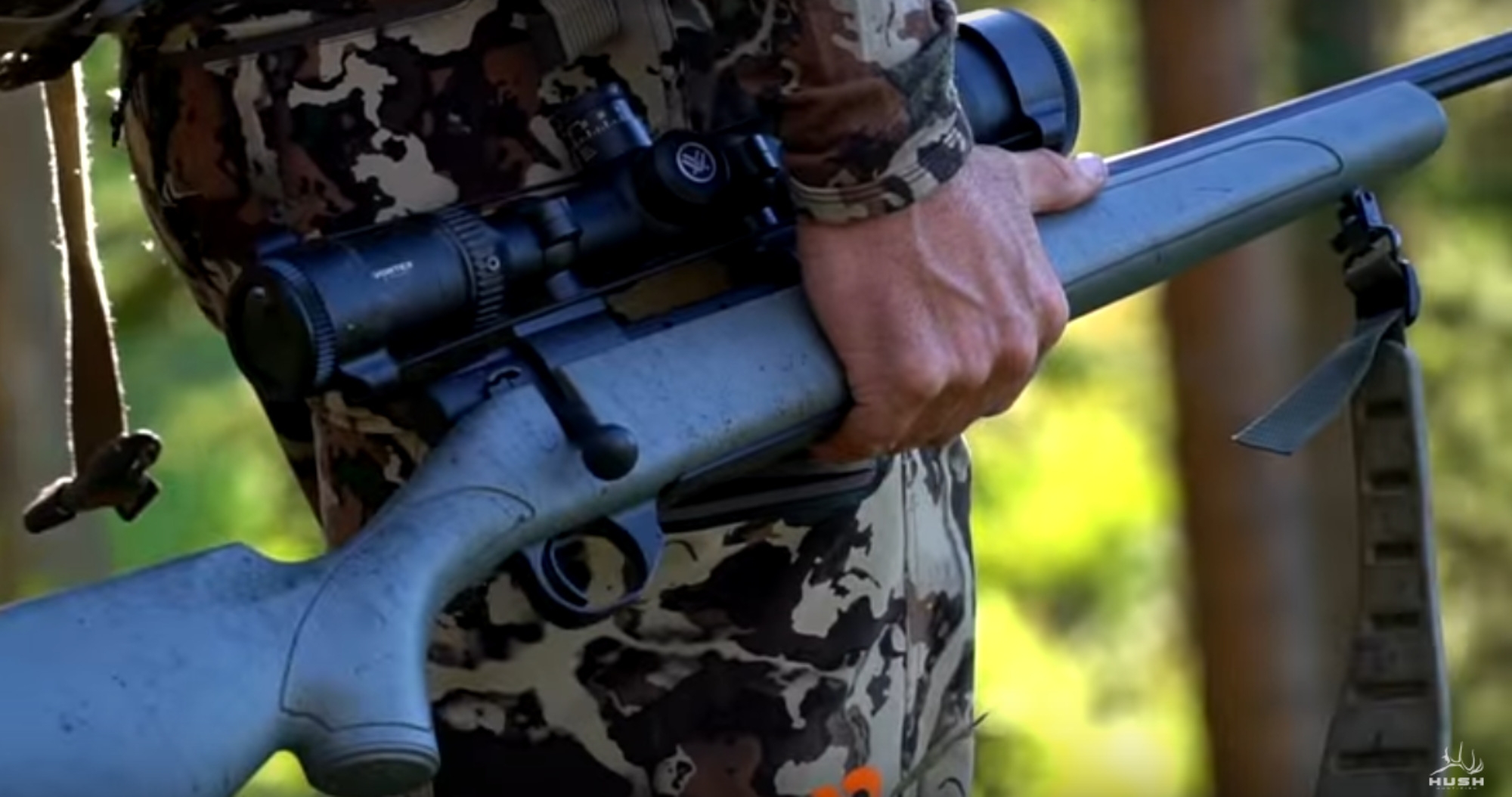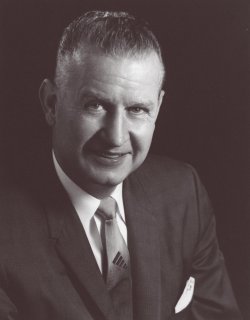
In the beginning, in South Gate, California, Roy Weatherby manufactured custom rifles based on Mauser 98 actions from various manufacturers according to customer specifications. In 1956, he entered into a co-operation with Schultz & Larsen from Denmark and used the Scandinavian Model 54 action as the basis for his rifles in .378 Weatherby Magnum. Two years later, after years of development work, he was able to present his own rugged Mark V bolt action, which was capable of withstanding gas pressures of up to 7,000 bar. The Mark V action was initially made by the supplier Pacific Founders, Inc. in the USA. Due to the increasing demand for complete Mark V rifles, Roy Weatherby joined forces with J. P. Sauer & Sohn in Germany, where the rifles were then manufactured. Due to rising manufacturing costs, Weatherby relocated production to Japan in the early 1970s. There, at Howa, the low-cost Weatherby Vanguard rifle series was created on the basis of the simpler Howa 1500 bolt action, from which the protagonist of this article also comes. The Mark V bolt with a low throw angle and three gas relief ports, nine locking lugs for powerful cartridges such as .378 Weatherby Magnum and six locking lugs in a smaller version for Varmint cartridges such as .224 Weatherby Magnum. The Howa 1500/Weatherby Vanguard bolt, on the other hand, has only two locking lugs. This series was intended by Weatherby as a competitor to the Remington 700, Winchester 70 and Co. In 2018, the company relocated from Paso Robles, California, to Sheridan, Wyoming.
Background: the cartridges from Weatherby
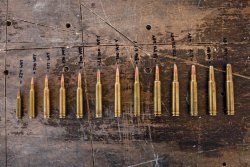
As early as 1944, the innovator Roy Weatherby caused a sensation with his .300 Weatherby Magnum. He helped the .300 H&H Magnum, introduced in 1920, to achieve almost 12% more powder chamber and 10% more power thanks to a shoulder that was moved far forwards with the double radius typical of Weatherby. The other distinguishing feature of all Weatherby cartridges, the belted case, was already present in the .300 H&H Magnum, so that it becomes a Weatherby cartridge when fireformed in a .300 Weatherby Magnum chamber. However, the belt on the case does not serve to reinforce the case body, but as a contact point for the headspace. The belt was introduced by British gunsmiths who were used to headspace at the base of the case in the classic double rifles for rimfire cartridges, because bolt action rifle cartridges such as .300 or .375 H&H Mag. introduced shortly after the turn of the century had a shoulder angle of 8 to 12 degrees, which was too shallow to maintain the headspace. The belted .300 Weatherby Magnum, like almost all other rifle cartridges, headspaces on the case shoulder. The double-radius shoulder found on all Weatherby cartridges is intended to increase the flow velocity of the powder gases and thus the ballistic performance through the so-called "Venturi effect". The .300 Weatherby Magnum only had to gave up the title of the world's most powerful .30 factory cartridge to the .30-378 from Weatherby in 1996. The rifles from Weatherby and other manufacturers for the high-performance cartridges have a long, flat forcing cone in the rifled barrel profile. This "freebore" is intended to delay the short-term gas pressure-increasing bullet entry into the rifled barrel section in order to give the projectile more time to gain velocity by reducing the sudden friction encountered as the shot load transitions from the chamber to the bore.
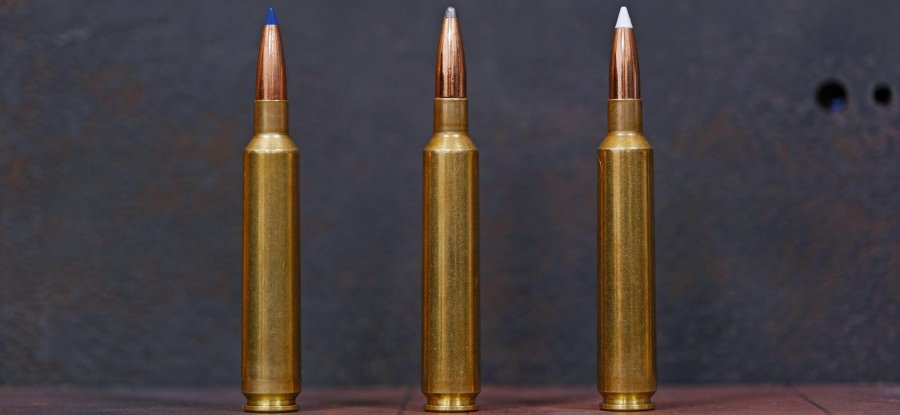
One of the latest Weatherby cartridges is the 6.5 Weatherby Rebated Precision Magnum (WBY RPM, often abbreviated as RPM) from 2019. Another cartridge followed in 2022 with the .338 Weatherby RPM. However, these new cartridges do not have the typical Weatherby trademarks such as a belt or double radius shoulder and the rifles do not have to feature a long "freebore". The 6.5 Weatherby RPM as a counterpart to hot cartridges such as the 6.5 PRC and 6.5-284 Norma was made to be chambered in a lightweight mountain rifle with a titanium alloy magnum action. After this brief excursion into Weatherby's history and the pursuit of top ballistic performance, we now turn our attention to the test rifle.
The Weatherby Vanguard Spike Camp bolt-action in detail
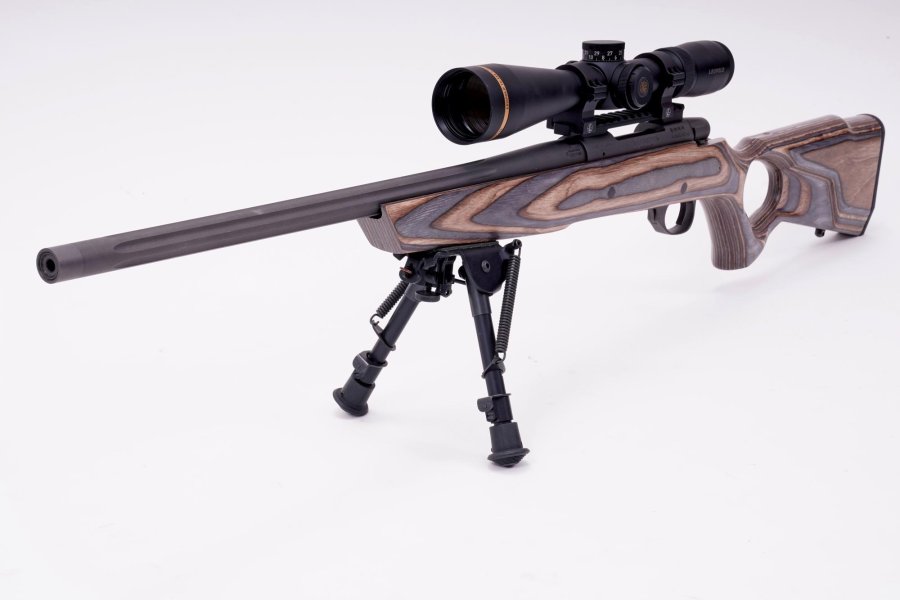
In addition to the 6.5 Creedmoor version shown here, the Weatherby Vanguard Spike Camp will be available in three other calibers: .223 Remington, .308 Winchester and .350 Legend. The latter, which was presented for the first time at the SHOT Show 2019, is a purely US speciality for specific regulations in some US states, where only centerfire rifle cartridges with a nostalgic-looking straight-walled case without a shoulder can be used for deer hunting. The Howa 1500 bolt action with integrated recoil lug on the receiver is complemented by a 20"/508 mm long, medium-weight barrel with 1-8" twist and 5/8 "x24 UNEF muzzle thread.
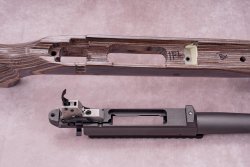
This assembly is bedded in an equally rugged and attractive thumbhole laminated wood stock from the US manufacturer Boyds, whereby handwork and bedding compound are also used in relevant places, which is rarely found in bolt-action rifles in this price range. The grip angle of the thumbhole stock is suitable for both freehand and supported shots. The sling swivel studs are not simply screwed into the fore-end, but secured with a nut on the opposite side. Even when working with a bipod, you can be sure that the screw in the wood will hold in any case. The rifle is rounded off by a practical direct trigger with a measured trigger pull weight of around 1,500 grams and a three-position safety to the right of the bolt with a handy operating button.
On the shooting range: the Weatherby Vanguard Spike Camp bolt action rifle in practice
Equipped with a Leupold VX5 HD scope in 3-15x44 and a Harris bipod, we took the Vanguard Spike Camp in 6.5 Creedmoor to the 100-m shooting range to test the performance of the rifle from the legendary company with seven factory cartridge loads with a bullet weight range of 95 to 143 grains. The well-designed thumbhole laminated stock with a wide fore-end ensured a stable shooting position with a front bipod and rear sandbag rest. The heavy, fluted "Semi Weight" barrel with a generous outer diameter, which is listed as barrel contour #3 by Weatherby and can withstand longer shot strings, also contributes to the good-natured shooting behavior. The manufacturer's precision guarantee of 1 MOA (approx. 29 mm) when using high-quality factory ammunition could be undercut with almost every load used, as the test winner with a 13-mm grouping (Hornady 95 Grains V-Max) proves.

Weatherby Vanguard Spike Camp technical specifications and price
| Model: | Weatherby Vanguard Spike Champ |
Action: | Bolt action with two locking lugs that lock in the action |
Barrel: | 20"/508 mm long, fluted "Semi Weight" barrel with 1-8" twist and 5/8 "x24 UNEF muzzle thread |
Stock: | Grey-brown Boyds thumbhole laminated wood stock with screwed-in sling swivel lugs |
Magazine Capacity: | 4 rounds |
Trigger/Trigger Pull Weight: | Adjustable direct trigger/measured trigger pull weight: 1,510 g |
Safety: | Three-position safety catch on the right of the bolt, acting on the trigger |
Overall Length: | 105.4 cm |
Weight: | 3.4 kg |
Price (MSRP in the US): | $899 |
Conclusion: Weatherby Vanguard Spike Champ
The Weatherby Vanguard Spike Camp in 6.5 Creedmoor performed well in the test. The workmanship and features, as well as the performance on the shooting range, are quite coherent given the price.



